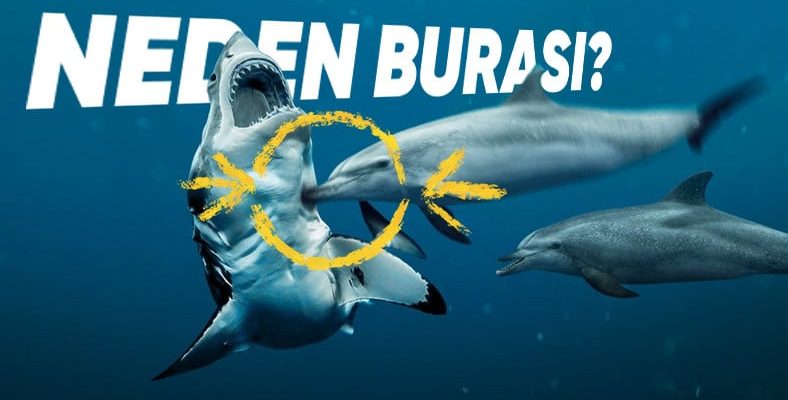Sharks are actually very afraid of dolphins, not dolphins. However, team spirit is not the only advantage of dolphins. So what other tricks do they have?
actually this bivalent species, It doesn’t come across very often in the wild. When they coincide, unpleasant situations can occur between them.
Sharks, as you know, are one of the most ferocious predators of the oceans. Just like the great white, bull, tiger and dusky big sharks tries to attack the dolphins.
These species can easily devour a dolphin if left one-on-one, but an intelligent shark knows not to. Because that dolphin he hunted, It may have been the last meal he ate.
Almost all dolphins live in social groups. There are usually at least a dozen dolphins in the herd.
If dolphins live in an area where there is a lot of food, separate herds often come together to hunt and more than 1,000 they form a “super herd” that can contain individuals.
Sharks, on the other hand, are always solitary individuals. If a dolphin is alone, it’s pretty easy for a shark to sneak up on it (usually from below) and launch a deadly attack, but when there is more than one dolphin, the shark’s to attack undetected almost impossible.
Dolphins are not creatures that say, “Long live the snake that does not touch me.” If a dolphin in a herd is attacked, say “One for all, all for one” They help the dolphin under attack. Like the ox-headed antelopes in African documentaries, they don’t leave the weakest behind with the logic of “run away”.
Dolphins also have early warning systems.
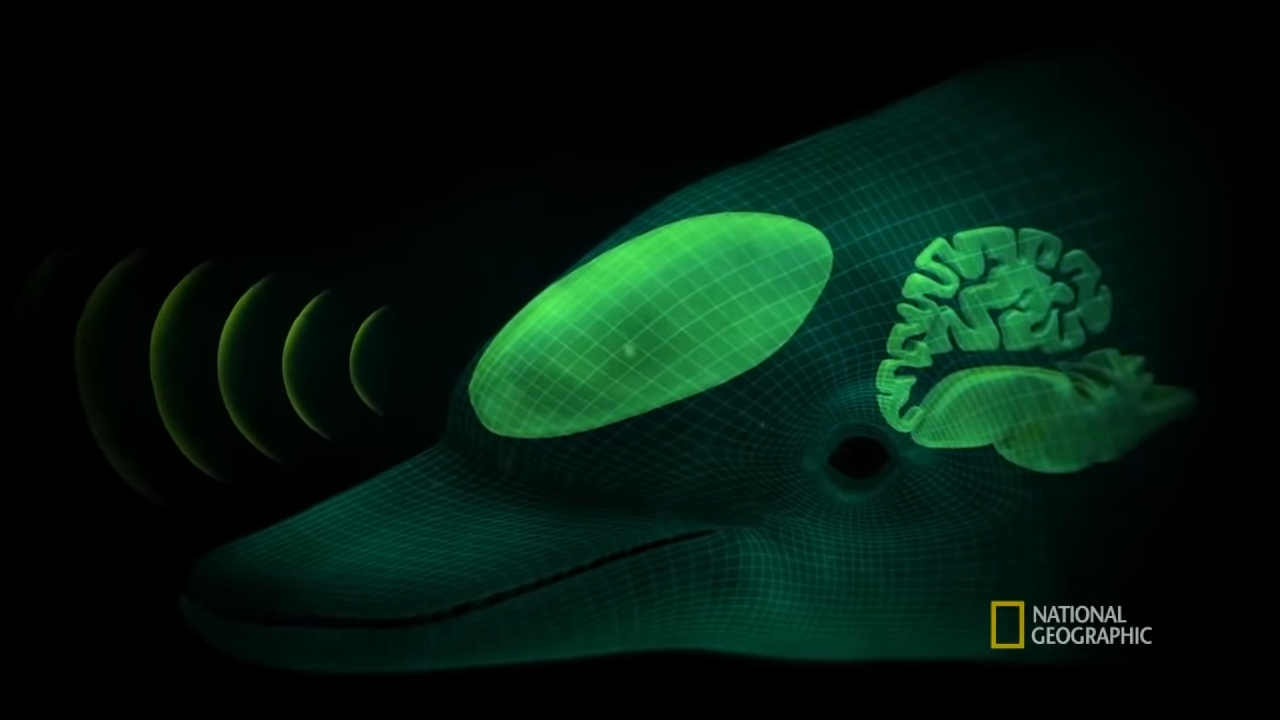
Just as the system that detects you when you enter your apartment immediately turns on the light, dolphins likewise react to the shark that enters its area. they can easily spot it.
dolphins sonar system, collides with objects in the water and bounces back, and dolphins can easily detect even distant objects. With this feature, the dolphin can calculate the location, shape and size of an approaching object, which it can use to evade attack. gives a vital warning.
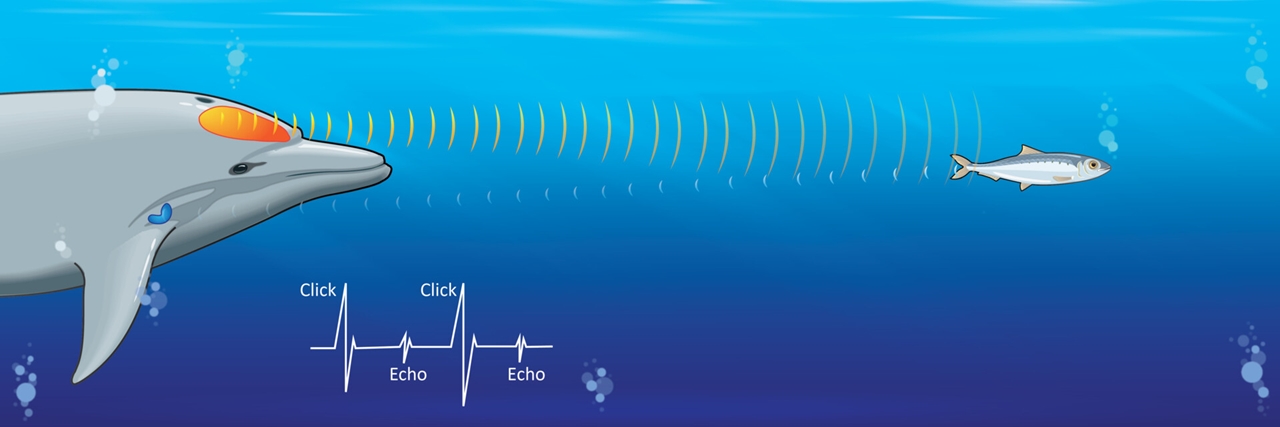
this system They can also be used together, This is called the echolocation system. If a predator manages to get close enough to pose a direct threat to the herd; echolocation system, dolphins shark To follow 360 degrees It becomes an offensive weapon they use.
Echolocation is not just all-round defense to dolphins. “opinion” not only can they provide security, but they can also use it to attack themselves. Then woe to the shark!
The sonar system that people use is already inspired by dolphins was invented. Also, since all dolphins in the herd have this system, entering that area is not for every brave man.
Suppose a shark is brave or stupid enough to attack a pack of dolphins.
In this case, the dolphins use all their previously mentioned skills. with their superior intelligence By combining them, they reverse the situation to both defend and attack effectively.
dolphins partnership They have an impressive ability to do business and work as a team. These marine mammals not only use their echolocation to track the shark’s movements, but also to coordinate their efforts with each other. they can “speak”.
RELATED NEWS
Fish Discovered ‘Speak Often’ Like All of Us: Their Voices Have Been Recorded [Video]
Dolphins’ maneuverability is also better than sharks.
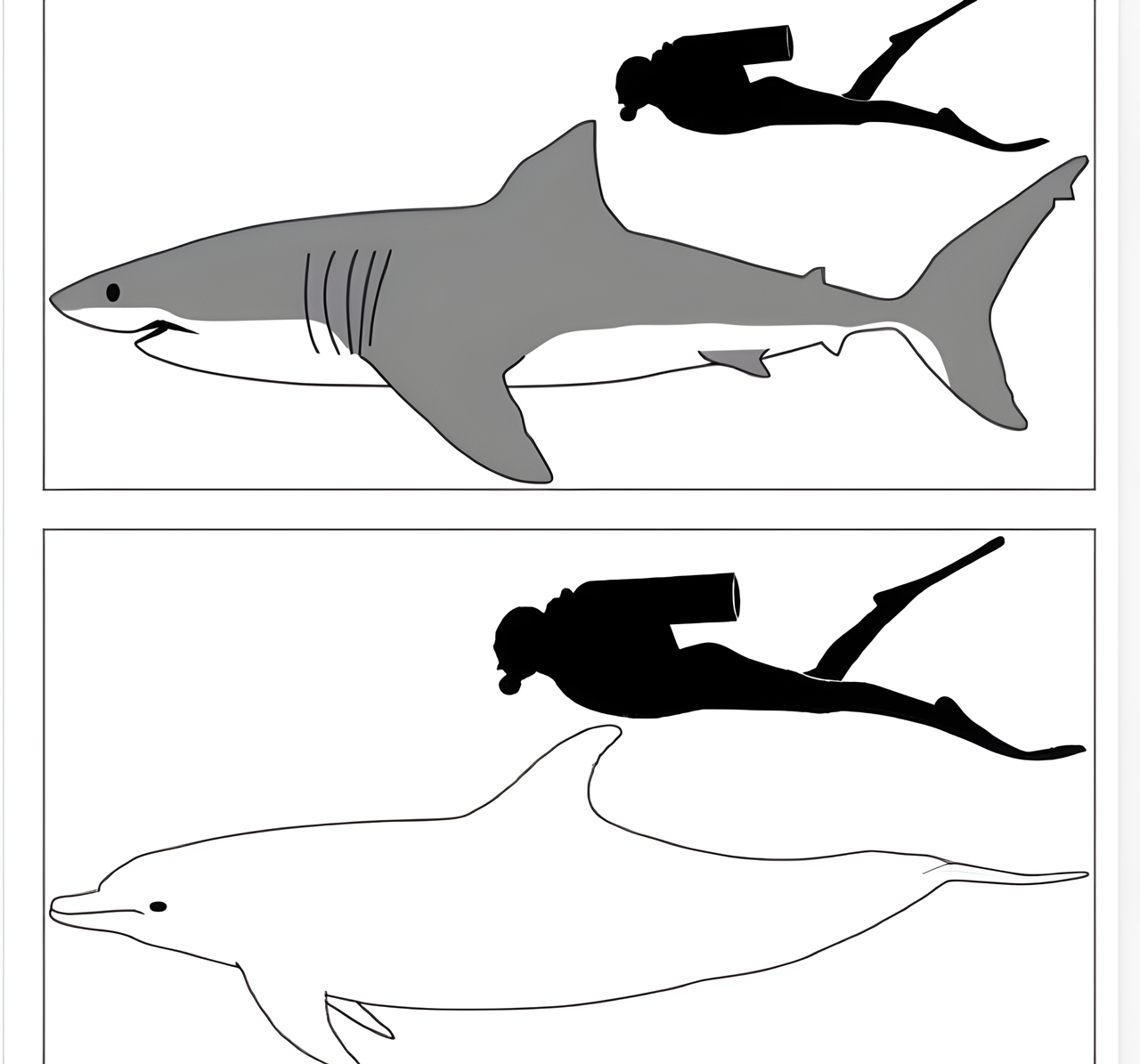
One of the best ways to tell a shark from a dolphin is, looking at their tails. The tail of the shark is vertical and moves from left to right, while the tail of the dolphin is horizontal and moves up and down.
The soft skin and flexible skeleton of dolphins give them a strong tail provides; In this way, they become more agile and can change direction faster. This gives the dolphins a significant advantage in defeating a shark.
RELATED NEWS
Why Are Tail Fins “Vertical” in Fish and “Horizontal” in Cetaceans Like Whales?
Dolphins are faster than almost all sharks.
Maximum speed of a dolphin 60 kilometers per hour as much. The fastest of the shark species that can hunt dolphins can swim up to 40 km per hour. In fact, the fastest shark can do 70 km, but this mako shark is not interested in dolphins.
The sharp teeth of sharks are a great advantage for them, but the nose of dolphins should not be underestimated.

Photo is representative.
These noses can open even the biggest doors. “to rams” We can compare. These highly effective weapons are made of strong bone. When they hit the shark’s stomach or gill with tremendous speed, they can cause fatal internal bleeding.
It is worth remembering that the killer whale is also a species of dolphin.
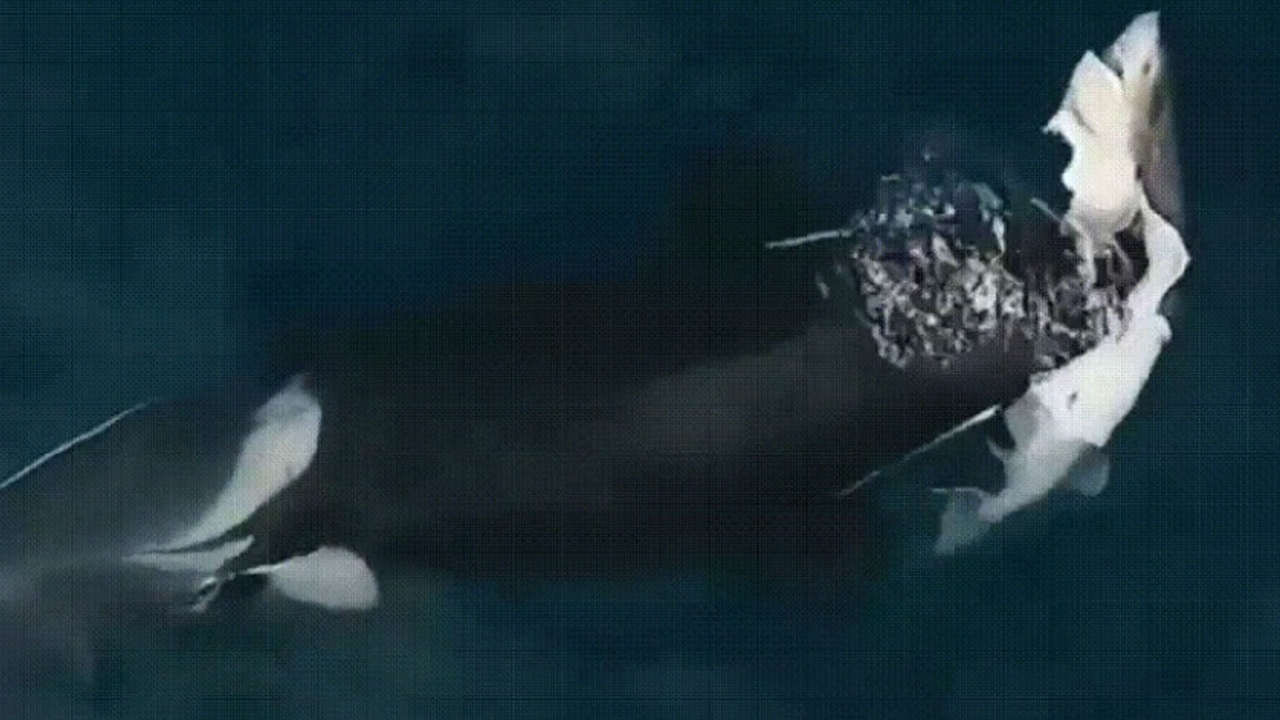
Common dolphins attack sharks for defensive purposes only, but killer whales (orcas) They see sharks as food. They love the livers of sharks and will chase them for a long time, trying to catch them.
RELATED NEWS
The Oceans’ Two Greatest Killers Face Off: Killer Whales Spotted For The First Time Hunting ‘Great White Shark’ [Video]
Dolphins can protect not only team members but also humans from sharks.
For example, in 2004 a dolphin flock in New Zealand was threatened by a great white shark. swam around a group of four swimmers and people accompanied them until they went to a safe place.
One of the swimmers said the following after the event:Dolphins began to accompany us. circling us in tight circles They brought the four of us together. The shark was only two meters away from me. The dolphins surrounded us to protect us.”
Experts say the dolphins “sensed the danger to swimmers and to protect them they may have taken action,” he commented.
The shark threatening swimmers is obviously afraid of dolphins and he didn’t make the mistake of attacking.
Resources:
Klimley, A. Peter, and David G. Ainley. “The white shark (Carcharodon carcharias) and its prey, the California sea lion (Zalophus californianus), off Guadalupe Island, Mexico.” Canadian Journal of Zoology 70.12 (1992): 2067-2080.
Cliff, G., Dudley, SFJ, & Davis, B. (1991). Sharks caught in the protective nets off Natal, South Africa. 2. The great white shark Carcharodon carcharias (Linnaeus). South African Journal of Marine Science, 11(1), 465-480.
Smale, MJ, Cliff, G., & Ambrose, T. (1995). Sharks caught in the protective gill nets off Natal, South Africa. 8. The blacktip shark Carcharhinus limbatus (Valenciennes). South African Journal of Marine Science, 15(1), 51-62.
RELATED NEWS
Facts That Will Shock Those Who Go To Aquaparks To See Dolphins
RELATED NEWS
If Whales and Dolphins Are Mammals, Why Do They Die When They Hit Land?
RELATED NEWS
Scientific Experiments Proving That Goldfish, whose Memory Is Thought to Be 3 Seconds, Are Actually Very Intelligent
RELATED NEWS
